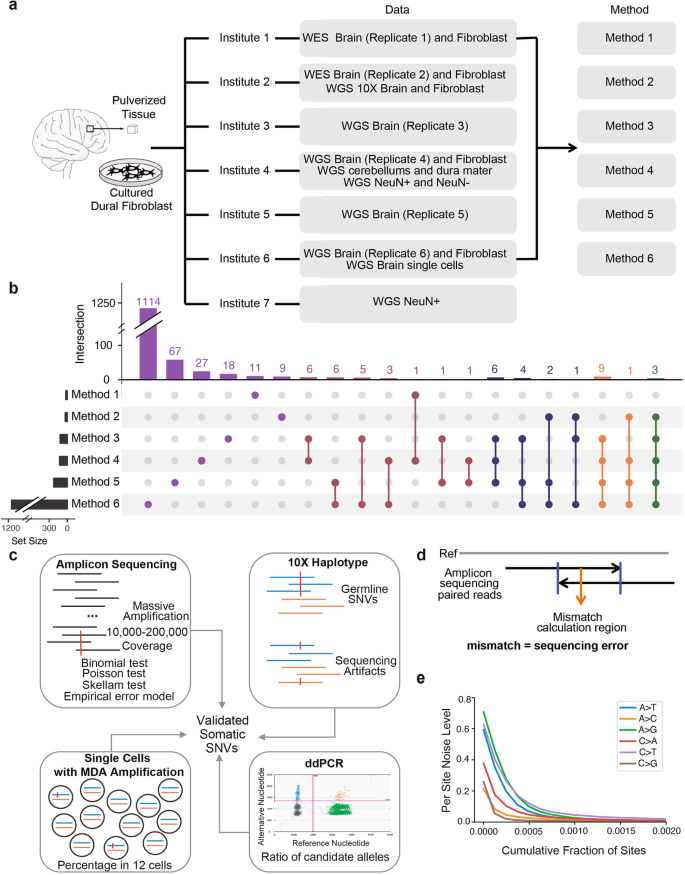

Inflammation of the joints ( arthritis).Deterioration of the eye lens, which contributes to vision loss.Some conditions caused by free radicals include: These are called the non-nutrient antioxidants and include phytochemicals, (such as lycopenes in tomatoes and anthocyanins found in cranberries). Other dietary food compounds, such as the phytochemicals in plants, are believed to have greater antioxidant effects than vitamins or minerals.

These include the nutrient antioxidants, vitamins A, C and E, and the minerals copper, zinc and selenium. Antioxidants and free radicalsĪntioxidants are found in certain foods and may prevent some of the damage caused by free radicals by neutralising them. Oxidation can be accelerated by stress, cigarette smoking, alcohol, sunlight, pollution and other factors. However, the damage caused by an overload of free radicals over time may become irreversible and lead to certain diseases (including heart and liver disease) and some cancers (such as oral, oesophageal, stomach and bowel cancers). The body can cope with some free radicals and needs them to function effectively. When oxygen is metabolised, it creates unstable molecules called ‘free radicals’, which steal electrons from other molecules, causing damage to DNA and other cells. The process of oxidation in the human body damages cell membranes and other structures, including cellular proteins, lipids and DNA.


 0 kommentar(er)
0 kommentar(er)
